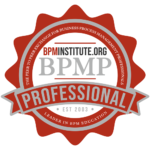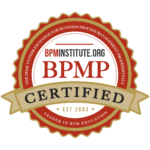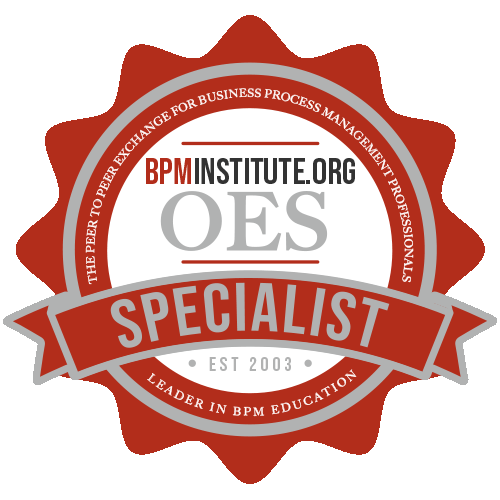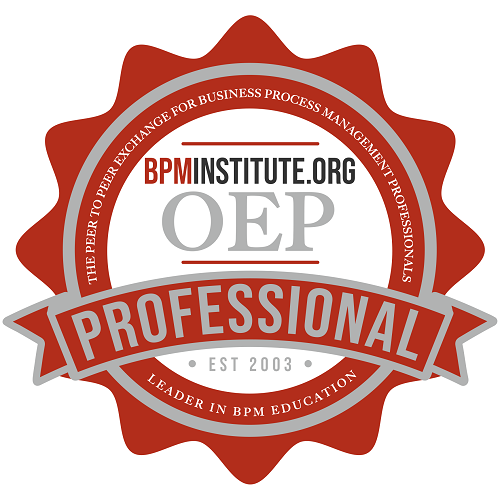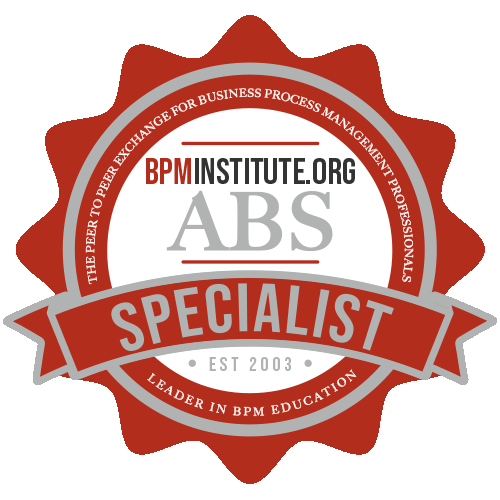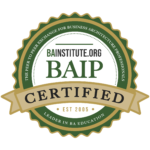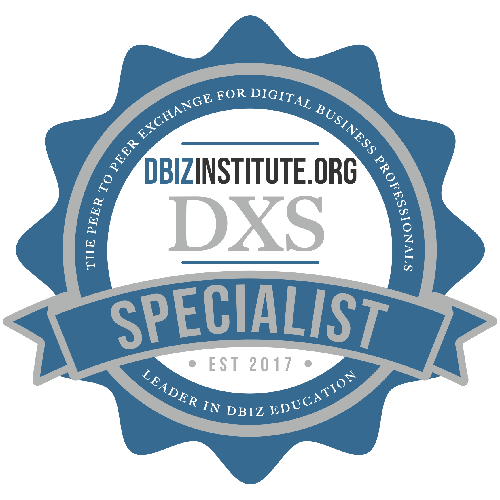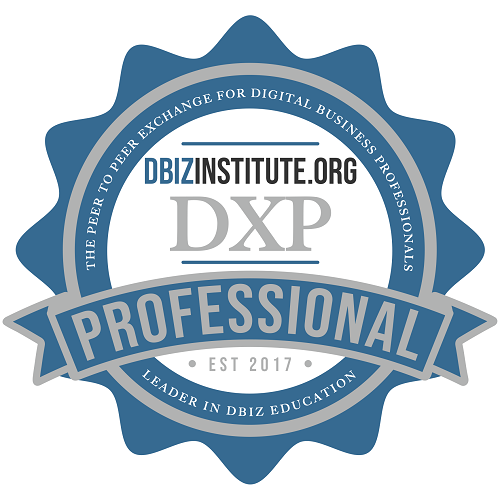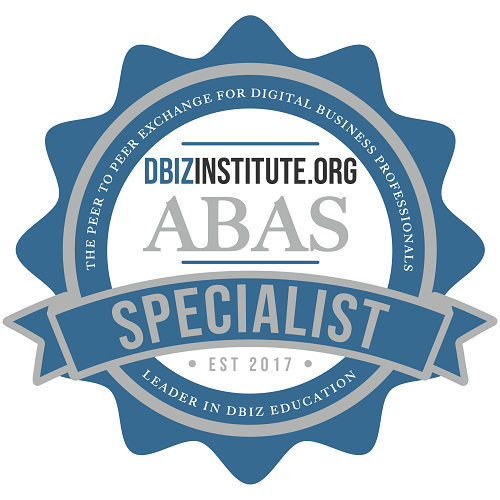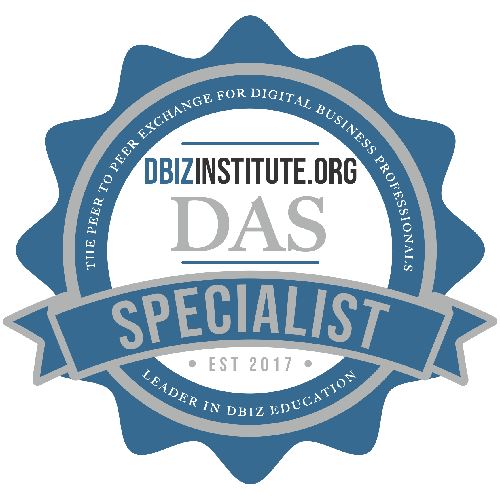Home / Resources
Resources
Discover a Wealth of BPM Knowledge and Expertise at BPMInstitute.org!

Business Architecture: Governance from the Business Perspective
“Governance.” Mention the word and it elicits a different definition from each person that hears it. Mention governance with regard to the public sector and the first thing that comes to my mind, right or wrong, is bureaucracy.

Case Study: Project Management in the BPM Project
Helen S. Cooke is a PMI Board Member in Chicago and a Fellow of the global Project Management Institute. She has developed PMI standards and processes, as well as PMI’s Organizational Project Management Maturity Model. As Vice President of Consulting Services for OPM Mentors in Chicago, she heads a consulting practice advancing the maturity of organizations to deliver strategic objectives through projects.
Cooke gave PMI’s definition of project management.
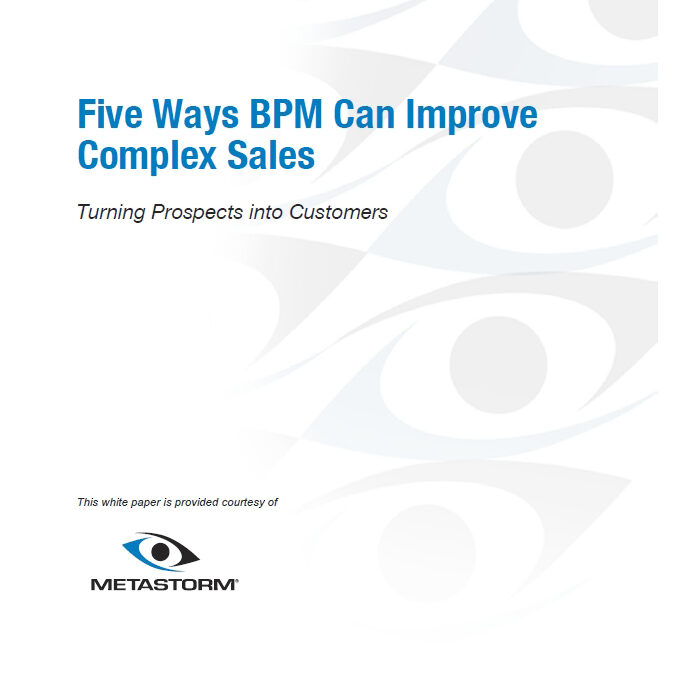
Five Ways BPM Can Improve Complex Sales
Enterprises that practice complex sales often struggle with processes like proposal, quote, and contract generation and approval and other sales support processes that turn prospects into customers. BPM provides an avenue for these organizations to improve sales processes by automating standard operating procedures and proposal/quote and contract generation and enabling real-time sales process change management.

The Value of a Formal Business Process Repository
Over the past few years, a large number of organizations have initiated some type of Business Process Management strategy.

BPM Suites Support Event Management Features
Business event management (BEM) and complex event processing (CEP) are two of the newest features to be provided in the business process management suite (BPMS) market. These expanded capabilities illustrate how the core capabilities of BPMS tools can provide the foundation for increasingly sophisticated integration solutions.
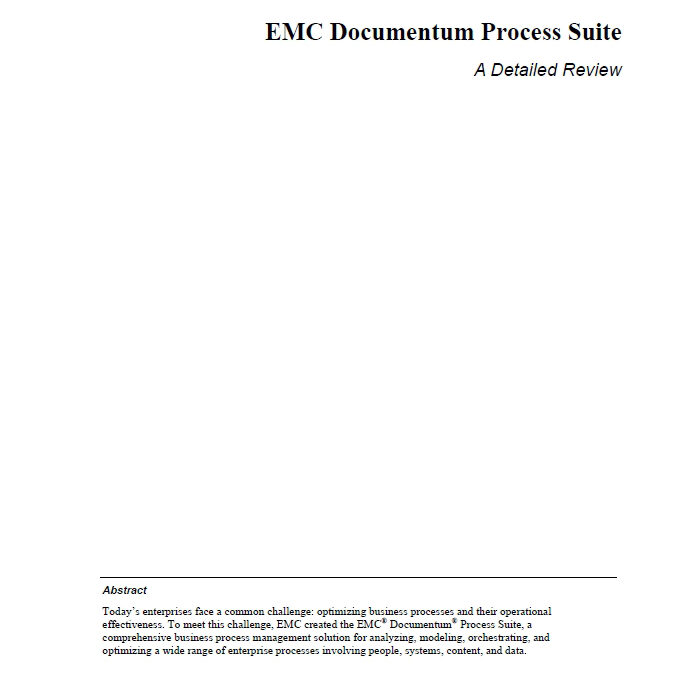
EMC Documentum Process Suite: A Detailed Review
Today’s enterprises face a common challenge: optimizing business processes and their operational effectiveness. To meet this challenge, EMC created the EMC Documentum Process Suite, a comprehensive business process management solution for analyzing, modeling, orchestrating, and optimizing a wide range of enterprise processes involving people, systems, content, and data.This white paper is intended for business executives and CIOs who are responsible for improving the quality and efficiency of business operations. Readers will gain insight into the following topics:
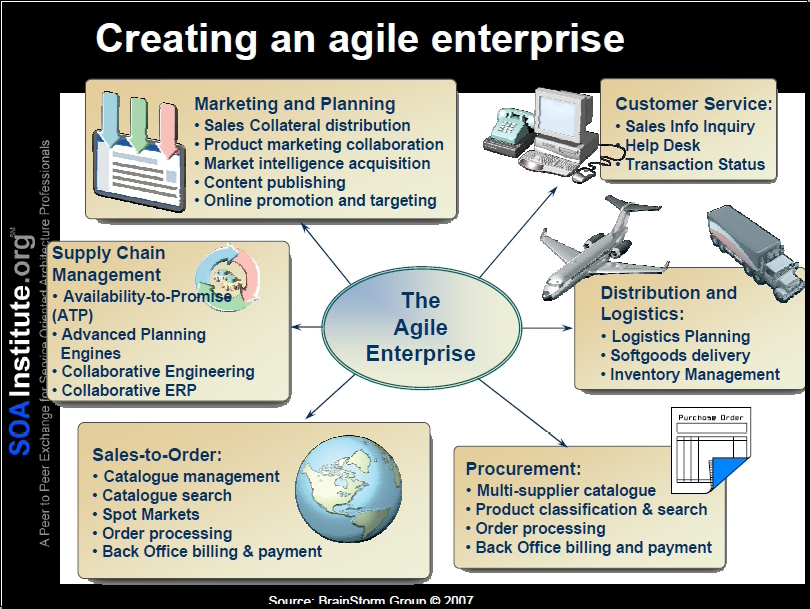
Tipping Points Round Table Series – BPM & SOA: Exploring The Relationships
This round table is the first of a six-part Round Table Series exploring the relationships that exist between BPM, SOA, BR, OP, and BA.
Tom Dwyer, VP of Research, BrainStorm Group and Editorial Director, BPMInstitute.org

The Many Factors of Enterprise Maturity
All organizations strive to meet their commitments to customers, employees and partners. By definition, ‘high performance’ firms fulfill commitments with correct decisions and precisely completed process cycles. Yet almost no company is perfect. Improved performance means improving maturity in many areas. Enterprise Maturity is a goal I find in the work of several important authors.

You Say Service, I Say Service
How much adaptability and agility do you need in your business? The answer to that question can drive the strategy of business process management (BPM) and service oriented architecture initiatives in your organization (SOA). The question itself is not easy to answer which is why most organizations do not achieve the flexibility they hope to achieve. Sometimes the granularity of the services cannot or are not defined at the right level.
Smart Retailing: Leveraging BPM, BR and SOA in Retailing
Retailers exist in one of the most competitive environments in all of business. Customer taste and demand changes quickly, and leading retailers stay ahead of demand in order to survive. Keeping customers and eliciting customer loyalty is also an elusive pursuit.
The challenges are more than the relatively simple matter of getting customers what they want, where and when they want it. Retailers must be keenly aware of future demand, and be ultimately anticipatory in meeting it.

BPMS Watch – Tibco Gathering Steam in BPM
Recently I had the chance to visit Tibco’s headquarters in Palo Alto for an in-depth briefing on the company and its place in the BPMS landscape. For most people, Tibco is synonymous with message bus-based integration – the company’s name stands for The Information Bus Company – but like others who have evolved from EAI, Tibco today is trying to build its reputation around BPM, SOA, and Business Optimization (i.e., BAM and analytics).
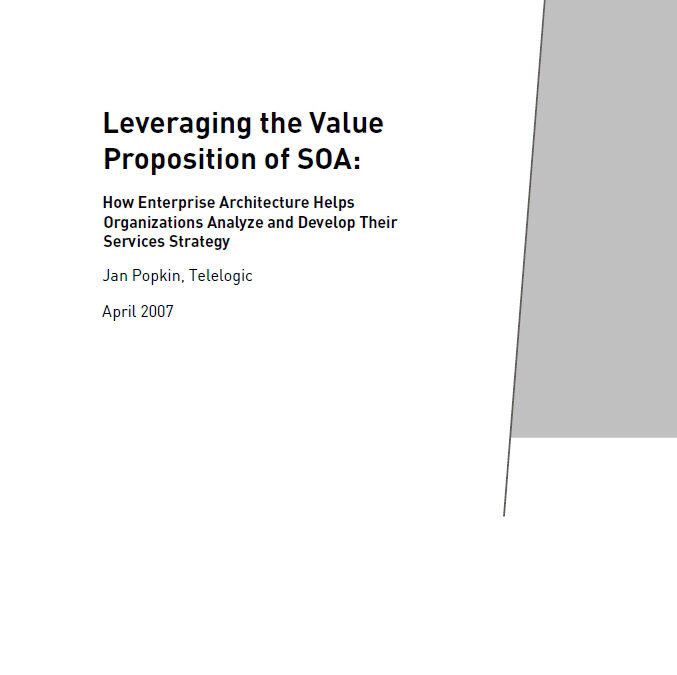
Leveraging the Value Proposition of SOA: How Enterprise Architecture Helps Organizations Analyze and Develop Their Services Strategy
This SOA paper discusses the benefits of SOA as an architectural principle that opens the door to using IT technology in new ways to help improve efficiency and productivity. Along with an enterprise architecture – the intellectual component of an SOA – organizations can approach SOA as a new way to enable architecture instead of another new technology to move data.

Reforming the Development Process
Like so many other things, development (as in R&D) will have to be rethought over and over again as we move deeper into the new century. More people, more markets, more competition; new technologies, new aspirations, new opportunities – nothing is stable for very long anymore.

The Other BPM: Being Productive in Meetings
Have you ever been involved in a process improvement or redesign effort that didn’t require a meeting? Neither have I. Meetings are a necessary mechanism for exchanging information, confirming progress, creatively developing deliverables or solutions, making decisions, and growing as a team. In fact, a recent survey of corporate, government, defense, education and non-profit sectors show that we spend anywhere from 25% to 50% of our time in meetings (depending on our role and responsibilities).

The Strategic Promise of SOA
How are the business and IT environments changing to meet the challenges of today’s fast-paced global business landscape? They are both striving to become more agile. IT is being focused more on increasing profits, revenues and efficiency than just reducing costs. The business is examining ways to improve customer satisfaction and competitive advantage by collaborating throughout the value chain to deliver more innovative and competitive products and services.

Case Study: Flexible Analytics and Intelligent Monitoring In the ETL Process
Jay Yusko is a Consulting Engineer in Application Architectures for Information Resources. He has an MS in Artificial Intelligence from DePaul University and a Ph.D. in Artificial Intelligence from IIT. His research has been in the area of Ontologies and Ontology Inference Engines. Jay developed rule-based systems at Bell Laboratories, Navistar and United Airlines.

The Manager’s Role in Performance Support
In her book, Electronic Performance Support Systems, Gloria Gery popularized the notion of designing technology to assist workers in performing tasks, writing about the growing use and importance of electronic job aids such as online tutorials, directories, help menus, technical support and the like for users of laptop and desktop computers.

How Strategic is SOA at Your Company?
In an ideal world, companies would run their businesses as if their application portfolio were a single application. This application would take orders, generate shipping notices, and manage accounts receivable. It would also run manufacturing processes, automatically replenish materials as necessary, and exist as a Web-based front-end for customer interaction.

Ignoring Enterprise Governance & Paying the Price
Mention enterprise governance to executives and they typically respond with blank stares or indignant looks. One common response is to hand people the organization (“org”) chart, a set of boxes showing who reports to whom. Another response is to state that governance is a board level or senior management concern and we have no business broaching the topic. Org charts, sloganeering and political posturing are tangential to real enterprise governance because they have little to do with the intricate complexities, relationships, redundancies and cross-functional workings of an enterprise.
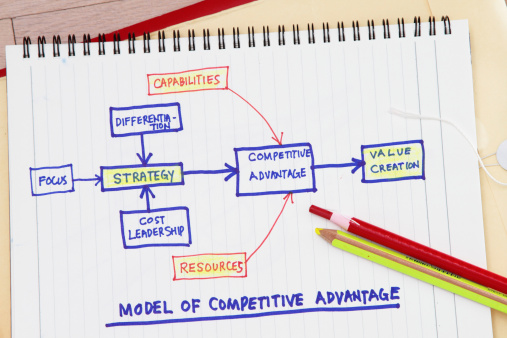
Six Sigma – For All of Us
The popularity of Six Sigma continues to increase within large corporations as a means of improving quality and reducing costs. As most readers will know by now, Six Sigma has been adopted by leading corporations such as GE, Sun Microsystems, Allied Signal, Bank of America, Motorola, etc.
In the current business environment, IT organizations have been less passionate in adopting Six Sigma methods. Many organizations feel that they can’t afford the luxury of a Six Sigma Program. There is a feeling that it intended for the product or service areas of the business.


